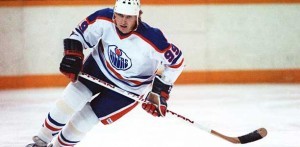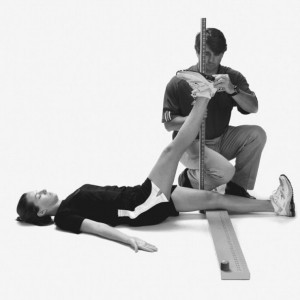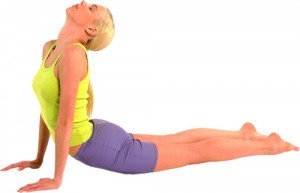If you're a fan of sports than that usually means you're a fan of speed. Speed is usually what's featured on the 'play of the day' for the sports broadcast. And the higher the level of sport you achieve the faster the game becomes.Now of course there are exceptions to this rule. Gretzky would be one for sure. He definitely wasn't the fastest guy in the league. Or his team. Heck, he probably wasn't even the fastest on his line. But for what he lacked in speed he made up with great vision, a competitive spirit and a sense of where to be on the ice.[caption id="attachment_4995" align="aligncenter" width="300"] The Great One was not the fastest one.But back to the discussion of speed usually new coaches learn there are a couple of ways to make an athlete faster. You can:A. increase stride rate or how quickly you can turn the limbs overB. increase stride length or how much horizontal distance can be covered with each strideWhen a coach considers these two options for increasing speed they will sometimes seek out drills and exercises to improve in these two areas. To improve stride rate there is an emphasis on being able to produce force at a higher rate. Think of things like jumps, hops, bounds, med ball throws and Olympic lifts and you'll get the idea. These exercises usually involve extension at the ankle-knee-hip with an explosive effort.To improve stride length sometimes this is approached as either a strength or mobility issue. Or both. If an athlete lacks strength they wouldn't be able to propel themselves effectively from one position on the ground to another. Or maybe they have adequate strength but lack mobility at the hip preventing optimal range of motion through the gait cycle.Attacking speed improvement from either of these...
Back Spasms to Squats in 20 Min
The other day a client walked past the front desk and said 'I'm done. My back is spasming and I can't train today'. I could see the pain and disappointment in this young athlete's eyes. She was a dedicated athlete and was upset with only the physical pain but also with the thought of not being able to move without pain. I asked her if she has a few minutes to check what was wrong. I should clarify that this wasn't an attempt to diagnose an injury. Instead I wanted to take a look at her movement patterns to see how she was moving and how this might be affecting her low back. The first thing we looked at was her overhead squat pattern. This was a bodyweight assessment and she was ok to get into the set up position. However as she began to squat she winced and said her back spasmed. I asked her if it hurt standing, when she began to descent or at a certain depth. She said it was at a certain depth. The next thing I had her do was get on the ground on her back to see if she could hug her knees to her chest. She could and it didn't aggravate her back. This was interesting to note because she couldn't achieve the same knee and hip flexion from a standing position. After the knee hug test I asked her to keep both knees straight and lift one leg as high as she could. She raised one leg a few inches off the ground and repeated the same for the other leg. This was unusual as typically we look to see 80 degrees of hip flexion on this test. Right now this athlete was demonstrating 10 degrees. Maybe. When I asked the...
3 Tips for (almost) Perfect Lifting Technique
A couple of days ago a friend asked me 'What can I do to tone up? I don't want to injure myself but I need to turn things around.' Here's what I told him. First of all it's important to understand that this would be somebody that I wouldn't be able to coach and monitor the workouts. And this wouldn't be someone that I had worked with in the past that I knew their movement patterns, previous injuries and strength/weaknesses. Instead this was someone that wanted to 'tone up his upper body' (he flexed his biceps and grabbed it with the other hand as he told me this). And since he was highly motivated and wanted some help I gave the quickest answer I ever have regarding training as safely and as effectively as possible. Rule #1 - Maintain a stable head position You've probably heard the expression 'where the head goes the body will follow' and this applies to training. When you train you want to set the head in a neutral position and maintain that throughout your training. Too often we see people trying to crank out extra reps and they throw the head back (when standing) to generate some momentum and squeeze out another rep or two. Not only does this take stress off the working muscles, where you want it to be, it puts stress where you don't, such as on the low back. [caption id="attachment_4209" align="aligncenter" width="300"] Notice the position of the low back when the head looks up. ***quick drill to test this out...place your hands on your low back and look up at the ceiling...did you feel your low back relax?...now look down at your toes...did you feel your low back tighten up?...keep your head stable and neutral to avoid creating motion through the...


